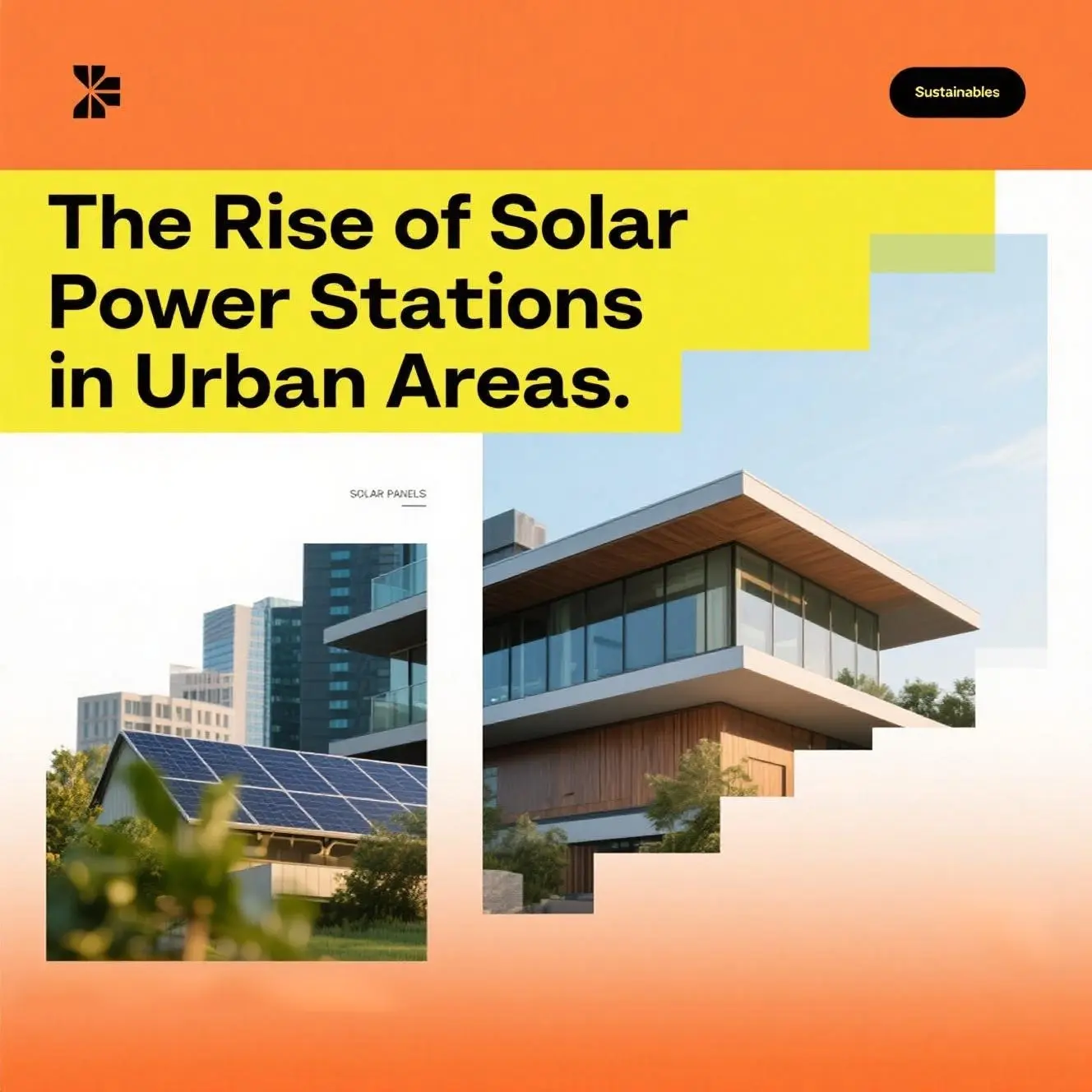As cities keep growing, finding clean energy that won’t run out is more important than ever. Solar power stations are popping up across urban landscapes, and they can quickly deliver energy while cutting down on pollution. In this article, we’ll look at how these solar stations are taking hold, what they can do, what the hurdles are, and what lies ahead.
City Power Demands Keep Rising
Cities are expanding fast, which boosts the demand for power and worries about pollution. Conventional power, mostly from burning fossil fuels, pumps out huge amounts of greenhouse gases. Governments and companies are responding by scouting out cleaner energy. Solar is appealing because the sun is usually easy to reach, systems can be sized to fit almost anywhere, and they cause very little harm to the environment.
Why Solar Makes Sense in Metro Areas
Putting solar power stations in cities comes with a long list of perks. Rooftops on apartments, factories, and office buildings can hold whole solar arrays, making good use of flat surfaces that would otherwise go to waste. No giant solar farms in fields are needed. Also, more solar means lower electricity bills. City dwellers can save cash, and neighborhoods that struggle financially often find lower-cost energy that helps pull them out of energy poverty.
Challenges Faced by Urban Solar Power Plants
Urban solar power stations shine in many ways, yet city rooftops and courtyards still have hurdles to jump. First, space is tight; most rooftops squeeze in as many solar panels as they can, but they may never reach peak size. Next comes the forehead nuisance: nearby skyscrapers and towers block the sun, leaving shadows that sap the system’s punch. Lastly, the upfront cost feels daunting for some city families, even after nifty rebates or loan options crop up through city and state programs.
Technological Innovations Driving Growth
The good news is that smart tech is clearing the path. Take building-integrated photovoltaics, or BIPV: these panels double as roofing or window glass, so tall condos and offices can generate power without adding bulk. Battery prices have dipped, too, which means that nighttime or cloudy-day electricity is safe and steady at home or in the grid. With these tools evolving, city solar is no longer a sunny dream—it’s a growing reality.
The Future of Solar Power in Urban Areas
The outlook for solar power stations in the heart of our cities is bright. Municipal leaders are racing to hit renewable energy goals, and solar panels topping rooftops and blanketing parking lots are fast becoming the go-to choice. Public conversations around climate change and sustainable living keep heating up, pushing residents and businesses alike to seek out clean energy. At the same time, when city halls, local startups, and neighborhood groups work together, the pathway to deploying solar systems widens and speeds up.
In short, solar stations peppered across our skylines are more than a trend; they are a giant leap to a greener future. With each new invention making panels cheaper and more efficient, and each new neighborhood campaign bringing public support, solar is ready to sit front and center in our city energy plans. Switching to the sun not only cuts carbon but also locks in reliable energy and strengthens local jobs, delivering double wins for the people who live and work in tomorrow’s urban communities.




